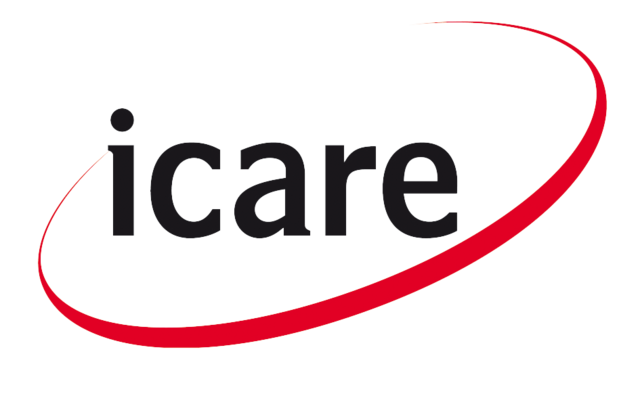The entry into force of the General Standard N°461 of the Financial Market Commission (CMF) that incorporates sustainability and corporate governance issues in the annual reports of supervised companies is approaching, and there are still doubts regarding its implementation.
For this reason, BH Compliance – a technology platform that monitors crime prevention programs – and Nala – talent management software – held the webinar “NCG N°461: How to include ESG in annual reports”, where they covered each of the letters of these ESG criteria (environment, social and governance), according to the requirements of the regulation.
The initiative included a panel of women, composed of the former Minister of the Environment and company director, Carolina Schmidt; the CEO of Nala, Ximena Paul; and the CEO of BH Compliance, Susana Sierra.
Carolina Schmidt spoke about the letter “E” for Environment, where she referred to the significance of sustainability today in financial decisions, as well as the importance that Chile should give to this, given that it is more vulnerable to climate change.
About Standard 461, he pointed out that companies are now obliged to disclose their sustainable practices, ESG policies, and goals, as well as their indicators since actions must be measurable. In this regard, he stressed that the indicators should be by industry, since the risks and opportunities are different depending on where they are developed, and these should be monitorable and comparable globally by industry. She also referred to the bad practice of greenwashing, where some companies have implemented “green” strategies as marketing, and not as a real conviction to be sustainable.
However, the former minister said that NCG N°461 will be a bureaucracy or an opportunity depending on how each organization uses it. It can choose to complete a checklist or use it as a tool to reduce risk, generate value, and measure and manage its progress toward sustainability.
Ximena Paul gave a presentation on how to manage and minimize the company’s social risk, stressing that the letter “S” is the whole way in which companies interact with their employees and the communities in which they operate and, therefore, the risks will be associated with those relationships.
In that sense, he emphasized how the way people work today has changed, but also how what people expect from companies has changed, which is greater autonomy, growth, aligned purpose, and flexibility. Therefore, there must be greater adaptability.
To implement an “S” correctly, the CEO of Nala said that decentralized decisions must be made, in an agile way, monitoring, measuring, and planning, and that technology must be a factor that helps to achieve this.
He also warned that the “S” today is at the operating level, which should change and be made more visible at the board and C-level.
Finally, Susana Sierra referred to the letter “G” for Governance, highlighting its value, since despite being a more abstract letter, Finally, Susana Sierra referred to the letter “G” for Governance, highlighting its value, since despite being a more abstract letter, it involves much more than corporate governance and having a board of directors. The G should be the first letter to work on because it will be the basis for the others. “The ‘G’ is why we do what we do, and it should be worked on in correlation with company values and purpose,” he said.
Some of the difficulties presented by the “G” is that it involves several areas of the company that operates separately; it has different records that prevent reporting from being done accurately and consistently, and there is a misalignment of companies with global standards. However, it is essential to measure it.
For this, it is important to be guided by the guidelines of the World Economic Forum, which can be grouped into five major components: board effectiveness, risk and crisis management, compensation and remuneration, stakeholder relations, and ethics and transparency. Each of these items is associated with the requirements of NCG No. 461 and has associated indicators.
The CEO of BH Compliance pointed out that it is essential to organize the information already available, because there are no new requirements, and they should already exist. However, in the case of not having actions at certain points, it is not necessary to invent or expect an immediate perfect picture.
The webinar was moderated by the Legal and Compliance Manager of BH Compliance, Ramón Montero, who also gave an overview of how ESG is measured worldwide, as well as the new rules on corporate reporting on sustainability in Europe, in addition to explaining, in general, what Standard No. 461 involves.










